America’s historic markets tell stories that go far beyond simple commerce—they’re living museums where centuries of culture, immigration, and tradition converge in spaces that still pulse with daily life. These aren’t sterile tourist attractions but working markets where locals shop alongside visitors, creating authentic experiences that feel both timeless and immediate.
From colonial-era trading posts to immigrant-built food halls, these markets have weathered wars, economic upheavals, and urban transformations while maintaining their essential character. Here’s a list of 16 historic markets that deserve a spot on your travel itinerary.
Faneuil Hall Marketplace
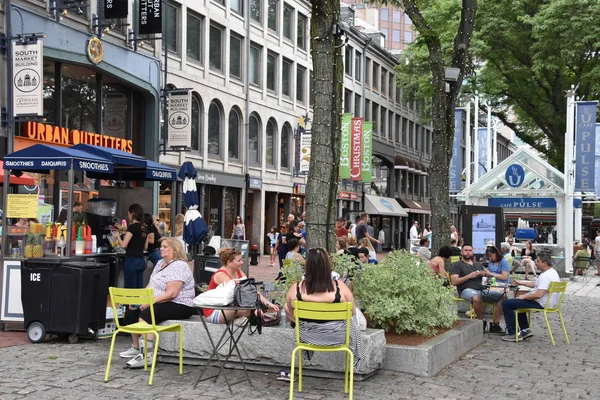
Boston’s ‘Cradle of Liberty’ has served as both a meeting hall and marketplace since 1743, making it one of America’s oldest public markets. The cobblestone corridors echo with the same energy that once fueled revolutionary debates, though today’s discussions center more on clam chowder than colonial taxation.
Street performers and local artisans create an atmosphere that feels distinctly New England, while the surrounding historic buildings provide context that most modern shopping districts simply can’t match.
Pike Place Market

Seattle’s iconic waterfront market opened in 1907 as a way for farmers to sell directly to consumers—and that original mission continues today despite the tourist crowds. The famous fish-throwing vendors represent just one small corner of a sprawling complex, where you’ll find everything from handmade crafts to exotic spices.
Early morning visits reveal the market’s working soul, when vendors set up their stalls and locals arrive before the tour buses.
Like Travel Pug’s content? Follow us on MSN.
Reading Terminal Market
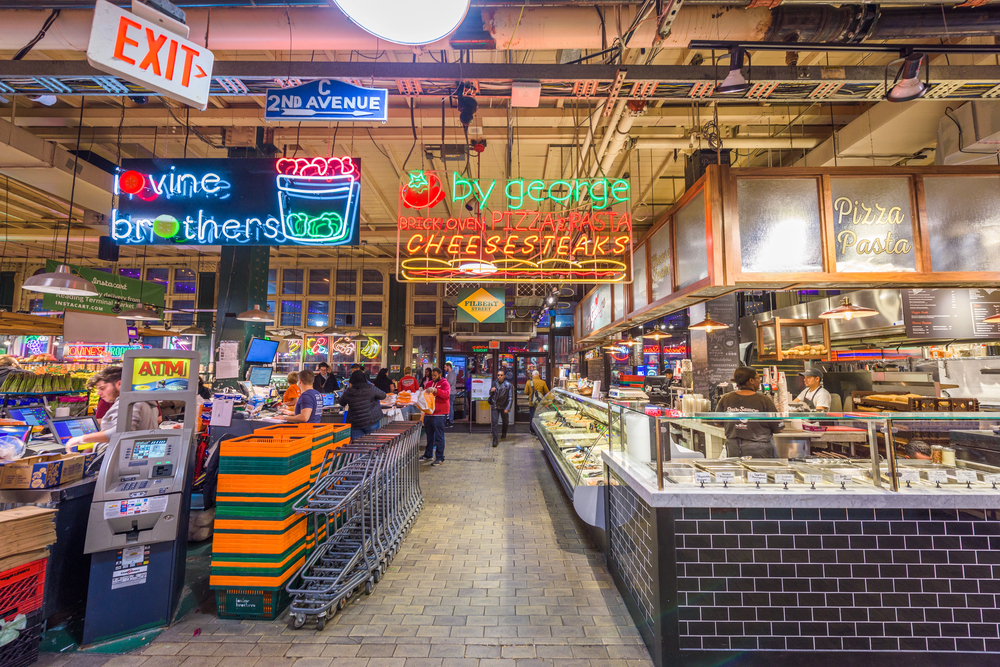
Philadelphia’s covered market has operated continuously since 1893, surviving the Great Depression and urban decay through sheer determination and incredible food. The Pennsylvania Dutch vendors who anchor the market bring Amish specialties that you won’t find anywhere else in the city.
The mix of traditional and modern vendors creates fascinating contrasts—century-old family businesses operate steps away from trendy newcomers serving fusion cuisine.
French Market
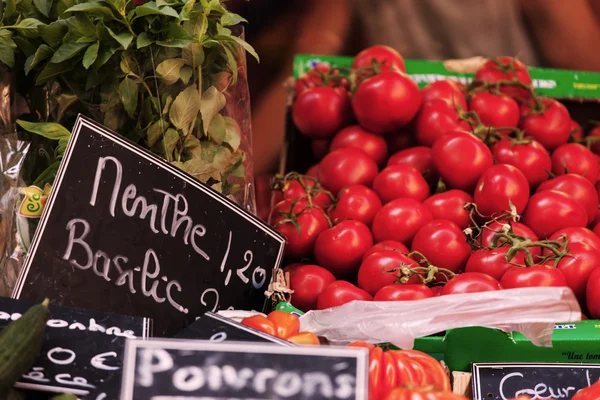
New Orleans’ open-air market traces its roots to Native American trading posts, evolving through French and Spanish colonial periods into the cultural melting pot it remains today. The covered pavilions stretch along the Mississippi River, creating natural gathering spaces where street musicians compete with vendors hawking everything from pralines to handmade jewelry.
The market’s location in the French Quarter means it’s surrounded by architectural treasures that provide historical context to every purchase.
Grand Central Market

Los Angeles’ downtown food hall opened in 1917 and has served as the city’s multicultural heart ever since, reflecting wave after wave of immigration in its vendor mix. The neon signs and vintage fixtures create an atmosphere that feels simultaneously retro and contemporary.
You’ll find family recipes passed down through generations alongside modern interpretations of traditional dishes, making it a perfect snapshot of LA’s evolving food culture.
Like Travel Pug’s content? Follow us on MSN.
West Side Market
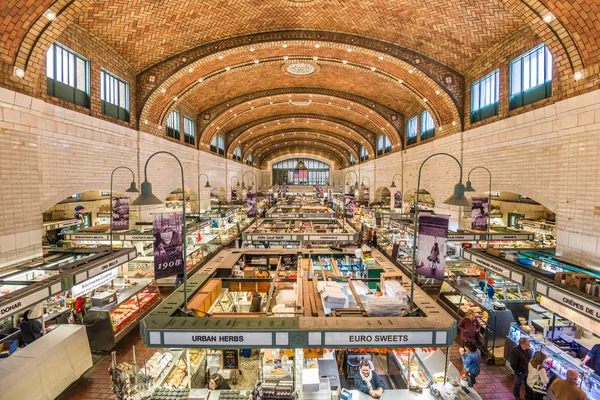
Cleveland’s market hall, built in 1912, combines stunning architecture with an incredible diversity of vendors representing the city’s immigrant communities. The clock tower and brick facade announce the market’s significance from blocks away, while inside, the soaring ceilings and natural light create cathedral-like spaces for shopping.
Local families have operated stalls here for generations, creating personal relationships with customers that chain stores can’t replicate.
Union Market
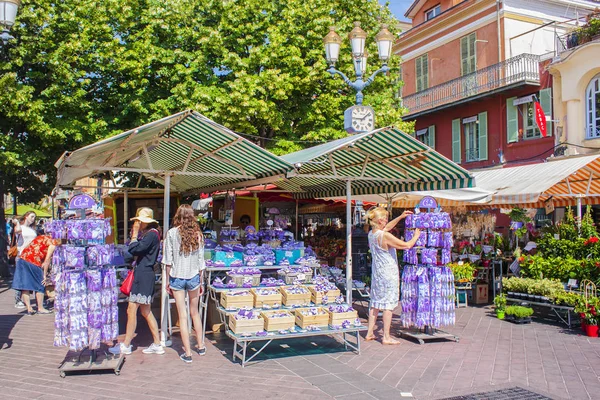
Washington DC’s market evolved from a Civil War-era food distribution center into today’s trendy food hall, though it maintains industrial elements that hint at its working-class origins. The converted warehouse spaces feel authentic rather than artificially rustic, with exposed brick and steel beams providing a character that new developments often try to fake.
The vendor mix reflects DC’s diverse population while maintaining enough local flavor to feel distinctly Mid-Atlantic.
Lexington Market

Baltimore’s market has operated continuously since 1782, making it one of the world’s longest-running public markets and a testament to the power of local food culture. The seafood vendors here understand crab cakes and oysters in ways that landlocked markets simply can’t match.
Despite recent renovations, the market maintains its neighborhood feel—this is where locals shop, not just where tourists visit.
Like Travel Pug’s content? Follow us on MSN.
Lancaster Central Market
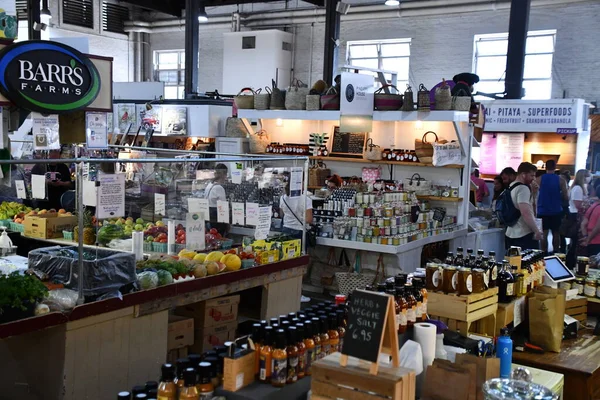
Pennsylvania’s Lancaster market operates in a stunning Romanesque Revival building that’s been the heart of Amish country commerce since 1889. The architectural details alone justify a visit, but the vendors—many representing multi-generational Amish and Mennonite families—provide cultural experiences that extend far beyond shopping.
The produce quality here reflects farming traditions that prioritize flavor and seasonality over convenience and shelf life.
Eastern Market
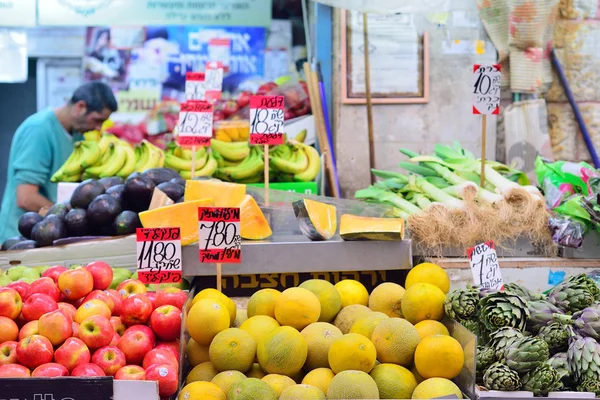
Detroit’s market, built in 1891, survived the city’s economic challenges by maintaining its role as a neighborhood anchor rather than trying to become a tourist destination. The flower vendors create spectacular displays that transform the space into something approaching public art.
Saturday mornings reveal the market’s community function—families make weekly pilgrimages that combine grocery shopping with social interaction.
St. Lawrence Market
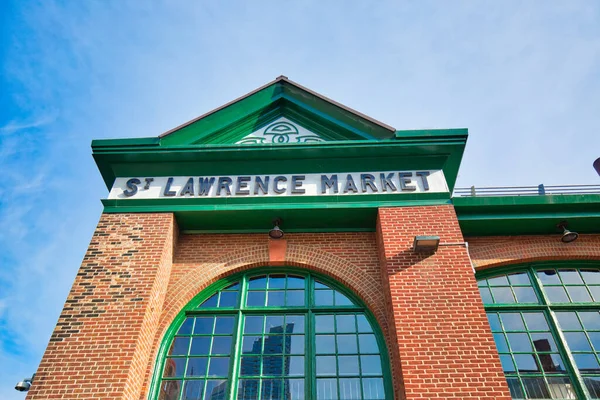
While technically in Toronto, this market’s influence on American food culture and its proximity to US cities makes it worth the border crossing for serious market enthusiasts. The brick buildings date to the 1840s, creating spaces that feel both historic and functional.
The Saturday farmers’ market in the north building provides seasonal produce that reflects Ontario’s agricultural diversity.
Like Travel Pug’s content? Follow us on MSN.
Portland Saturday Market
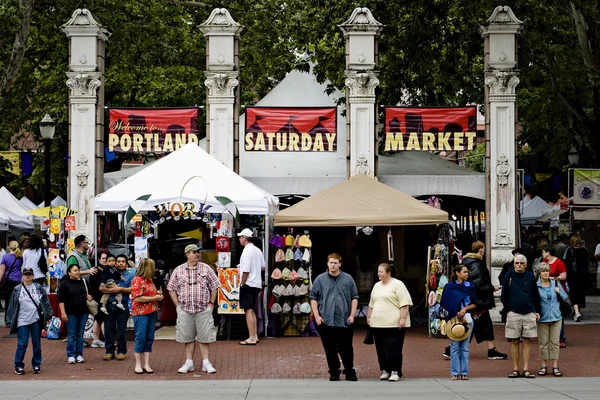
Oregon’s outdoor market, operating since 1974, represents the Pacific Northwest’s commitment to local artisans and sustainable practices. The location beneath the Burnside Bridge creates a unique urban atmosphere while providing weather protection that keeps the market operating year-round.
Local artists and craftspeople dominate the vendor mix, making this more of an outdoor gallery than a traditional market.
Santa Fe Farmers Market
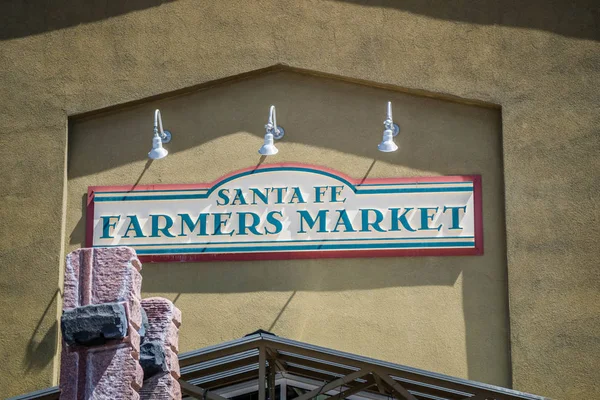
New Mexico’s market combines Native American, Hispanic, and Anglo traditions in a setting that perfectly captures the region’s cultural complexity. The adobe-style pavilion provides architectural context while vendors offer everything from traditional pottery to innovative takes on southwestern cuisine.
The high desert location means incredible produce variety, from familiar vegetables to indigenous varieties that most Americans never encounter.
Dane County Farmers’ Market
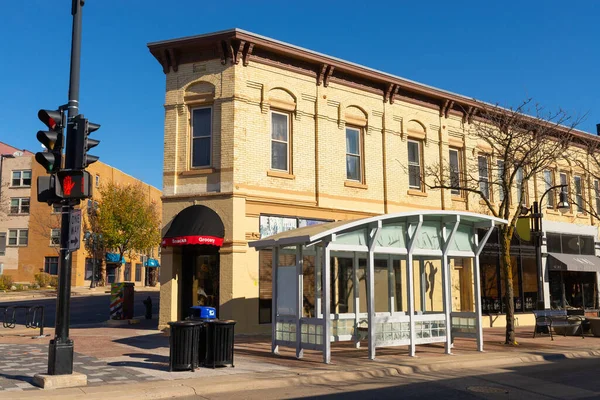
Wisconsin’s Capitol Square market operates around the state capitol building, creating one of America’s most scenic market settings. The dairy vendors here understand cheese in ways that most markets can’t match—this is Wisconsin, after all.
The circular route around the Capitol means you’ll encounter the same vendors multiple times, allowing for conversations that develop naturally throughout your visit.
Like Travel Pug’s content? Follow us on MSN.
Historic Haymarket

Lincoln, Nebraska’s market district, combines working warehouses with weekend farmers’ markets, creating authentic urban agriculture connections that most cities have lost. The brick buildings provide character without feeling overly precious about their historic status.
Local farmers drive in from surrounding counties, bringing produce that reflects the Great Plains’ agricultural abundance.
Findlay Market
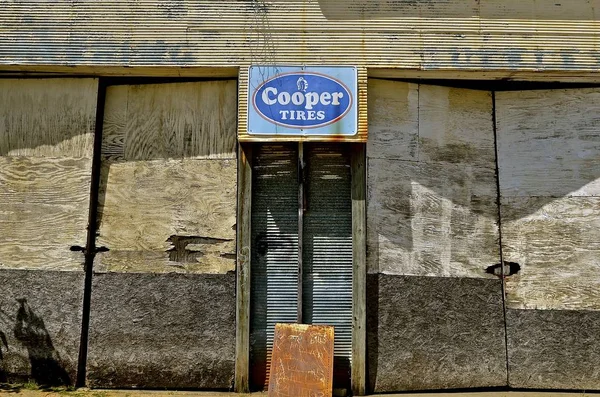
Cincinnati’s market, operating since 1852, anchors the Over-the-Rhine district and represents one of the Midwest’s most successful urban renewal stories. The Victorian-era buildings provide gorgeous backdrops for shopping, while vendors offer everything from local beer to international specialties.
The surrounding neighborhood’s German heritage influences many vendors, creating flavor combinations that feel both familiar and exotic.
Markets as Time Machines

These historic markets prove that commercial spaces can maintain their authenticity while adapting to changing times—they’re not museum pieces but living institutions that connect past and present through the simple act of buying food. Each visit provides lessons in local history, cultural diversity, and community building that no guidebook can fully capture.
The vendors, buildings, and customers create stories that continue evolving with each transaction, making every trip a chance to participate in ongoing American history.
More from Travel Pug

- 20 Best Beach Towns in the Carolinas
- 13 Destinations Where Tourists Regularly Regret Their Trip
- 20 Destinations That Are More Magical Without an Itinerary
- 20 Underrated Adventures That Belong on Your Travel List
- 20 Cities Where You Should Just Wing It, No Planning Required
Like Travel Pug’s content? Follow us on MSN.
